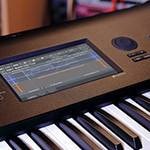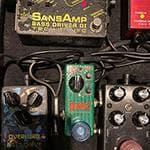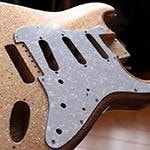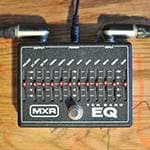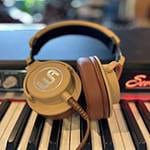Cheena: How to Easily Modify a Playtech for Under 30,000 Yen—Twitter Project "#30kPlaytechChallenge" Now Ongoing!
Related Articles
<Round 1>
Modifying a Playtech PB450 for under 30,000 yen
Modifying a Playtech TL250 for under 30,000 yen
<Round 2>
Modifying a Playtech ST250 for under 30,000 yen
Modifying a Playtech JB420 for under 30,000 yen
<Round 3>
Modifying a Playtech LP400 for under 30,000 yen
Modifying a Playtech AB420 for under 30,000 yen
This time, it's the relatively high-priced LP400 model among the Pretec guitars.
PLAYTECH / LP400 Black – Les Paul Style
Nemoto: No experience, no confidence. Maybe that's exactly the kind of person who can create something interesting.
Cheena: Regulations for the Challenge:
- Avoid significant modifications to the wood.
- Minor adjustments are allowed, such as drilling small holes or using a reamer for expansion.
- Stick to practical modifications that fit within the scope of an actual instrument.
- The 30,000-yen budget does not include the instrument's base price.
- Aim to create something as outrageous and unique as possible.
A highly effective modification, though requiring some technical skill, for all Les Paul guitars is the "bridge/tailpiece locking." This involves drilling holes next to each anchor hole, threading them with a tap, and inserting set screws to prevent the parts from coming loose. Alternatively, parts designed for such locking are also available on the market.
Nemoto: Let’s get started.
FENDER / Ultra Noiseless Vintage Telecaster Pickup Set
Price per item: ¥16,300 (as of August 25, 2022)
I personally describe the sound of a good Les Paul as “juicy,” particularly when the mid and low ranges are rich. However, the unit I tested in the showroom sounded quite different—probably because the strings were heavily corroded. Instead of chasing the classic Les Paul tone, I decided to head in a different direction and selected pickups intended for a Telecaster. It fits the theme of embracing uniqueness for this project.
As for the remaining budget, it can be allocated to upgrading the bridge or enhancing the electronics.
Cheena: The mounting method here is rather unconventional... That said, considering the body is made of whitewood (spruce/SPF) and bolt-on construction, it’s far from producing the typical Les Paul sound. So, I think it’s fine to experiment.
Nemoto: It seems the LP400 features both bolt-on and set-neck versions, likely depending on the production batch. The one I worked on was a set-neck. A bolt-on version would likely have a punchier attack, further deviating from the traditional Les Paul vibe (laughs).
Cheena: On the flip side, that makes it a great platform for customization. The 4-pot control layout requires a larger cavity, which conveniently allows for active circuits, special wiring, and easier battery replacement via the backplate. The bolt-on construction further enhances the LP400’s suitability for modifications.
With that in mind, I suggest installing EMG 81/85 pickups along with 1 or 2 Pickups Wire for a metal-style setup. Don’t worry about the aesthetics.
Nemoto: It’s more punk than metal, though.
SEYMOUR DUNCAN / SH-8b Invader Bridge Black
Invader! A pickup that leaves a strong impression, as it’s installed in a guitar owned by my brother. For this project, slap it in the bridge position and remove the neck pickup entirely. Just get rid of it.
Control it with 1 volume and 1 tone knob—ditch the switch and any unused pots. Cover the empty pot holes with duct tape for a raw, garage-punk aesthetic. You could even stick on a bunch of band and guitar brand stickers for an '80s post-punk vibe. Honestly, it feels like post-punk is ripe for a revival right now.
Cheena: Invader pickups are great. To put it simply, they’re rich and intense.
Interestingly, cheap knockoffs tend to have an even bolder flavor, with their high-pass and tone adjustments being more effective than the genuine article, especially for front/rear mix tuning. Plus, the bobbins sometimes come in red or neon colors, making them cuter than the originals.
Nemoto: I didn’t know that. Fascinating.
Cheena: Just to hedge my bets, this is based on the ones I’ve personally obtained. Most knockoffs I’ve seen are overwound, so even when tapped, they produce wonderful sounds. For the LP400, you might want to swap both volume pots for push-pull ones.
Nemoto: True. If you want three options—series, parallel, and single—you could use stacked pots to create a 2V2T setup. The extra hole could house a switch. But since this is an LP-type guitar, you’d need long-shaft pots. That might make it tricky.
Cheena: You could buy a larger drill bit and recess the controls, but it could be risky if you end up piercing through the top.
Nemoto: I thought about that too. Piercing through would be a disaster. If you’ve got the tools and skills, it’s doable, but it doesn’t really fit the theme of this project.
Cheena: There’s also this type of selector switch available, though...
Free-Way switch / 3x3-3 6way Ni
To meet the functionality, more switches are necessary.
ALLPARTS / EP-0081-010 Chrome On On Mini Switch
Let's add a whole bunch of slightly longer switches in this area!
Nemoto: That’s a clever idea—I hadn’t thought of it.
I’ll blame it on my lack of experience with guitars (which generally have switches) since I mostly deal with basses (which hardly have any switches).
Cheena: Why do basses tend to have so few switches, anyway? Personally, I like to stack on a ton of them—it looks cooler that way.
Nemoto: Probably because, unlike guitars, bass players often use a clean sound and plug straight into the amp. Instead of quickly switching tones, bass players tend to focus on crafting a single sound and sticking with it. That might also explain why bass amps tend to have more extensive EQ options compared to guitar amps. From this, you could infer that bass players rely less on effects pedals and more on the amp and instrument for tone shaping. Just my macro-level and slightly outdated take, so take it with a grain of salt.
Also, I agree—having a lot of switches is really exciting.
Cheena: When it comes to delicate tone shaping, basses and Les Pauls might surprisingly share some similarities.
Anyway, setting aside the tangents, let’s move on to the next customization!
KENT ARMSTRONG / WPU900 Convertible P-90 Pickup In Humbucker Case Black
Total for 2 items: ¥16,260 (as of August 25, 2022)
Installing a Bill Lawrence pickup in the bridge and a Kent Armstrong pickup in the neck may seem like an odd pairing—humbucker & P90—but both are high-output with a sparkling clarity, making them highly versatile. As for colors and coil-tap wiring, that's up to your personal preference.
Nemoto: Oh, that’s awesome! Humbucker & P90 was actually one of the custom ideas I was planning to suggest as well (laughs).
So then...
GUILD / DeArmond Dynasonic Pickup Neck Nickel/White
GUILD / DeArmond Dynasonic Pickup Bridge Nickel/White
Total for 2 items: ¥23,000 (as of August 25, 2022)
What do you think of this? Inspired by the legendary Guild DeArmond M-75.
I’d love to add a Bigsby, but unfortunately, that would push the budget over. A cheaper copy might fit, but since we’re going this far, I’d prefer to go for the real deal.
Cheena: Aren’t pickups in this style quite tall? Would that be an issue? If they’re too tall, they might still touch the strings even when adjusted all the way down. I wonder if that’s less of a problem on a Les Paul.
Nemoto: For reference, the Seymour Duncan SH-4 has a total height of 0.776 inches (19.7 mm), so...

(Image excerpted from the official website)
Dynasonic pickups have a neck height of 7/16 inches (11.1 mm) and a bridge height of 9/16 inches (14.2 mm), so it should be fine, right?
DeArmond Dynasonic Pickup - Nickel/White - Neck | Guild Guitars
Cheena: What concerns me is that it doesn’t hang from an escutcheon. If screwing it directly into the body top doesn’t work, you could slightly expand the cavity and mount it to the bottom of the cavity instead.
Nemoto: Oh, I forgot—it’s a direct-mount design. Well, a small modification should be enough to make it work (casual shrug).
Cheena: Let’s not worry about it. As long as it makes sound, it’s fine.
Nemoto: All right, let’s move on to the next step!
Total for 1 items: \19,800 (as of August 25, 2022)
If you’re adding a Bigsby to a Les Paul, go for the B7.
While installing just the B7 requires drilling holes, I’d encourage you to give it a shot—it’s a valuable experience, especially with a budget guitar like this. If you’d rather not drill holes, then...
VIBRAMATE / V7-LP Mounting Kit C
Here’s an addition. This one costs ¥8,780, so even with it, the total stays under ¥30,000.
Adding this would leave the budget tight, so the only thing left to do might be upgrading to a better capacitor.
That said, adding a double-locking tremolo, like on an Alex Lifeson model, could also be a great idea—it’s just a major modification.
Cheena: Guitars with large tailpieces look so cool!
If you’re considering alternatives to the B7, you could go for a Les Trem. It’s slightly cheaper, leaving room in the budget to upgrade to locking tuners.
GOTOH / SG301-MG-04-L3+R3-Chrome
Unfortunately, there’s no budget for roller saddles, so we’ll have to settle for a no-brand option or go with TUSQ saddles instead. They’ll also help reduce string breakage.
Nemoto: If we can add locking tuners as well, this will be a pretty high-quality build. Fantastic.
Cheena: It’s great that Gotoh makes affordable options.
Nemoto: Gotoh is a Japanese manufacturer we can be proud of on a global scale. Let’s move on to the next step.
Total for 2 items: ¥15,960 (as of August 25, 2022)
This seems to be turning into a standard move, but these will also be placed at a slant. Since they’re blade magnets, there’s no need to worry about perfectly aligning the strings over the pole pieces. Instead, we can embrace the thinner low-end tone typical of single-size humbuckers and make it work to our advantage. The pickups come in black and white, so we went with a zebra configuration for some visual flair.
Cheena: Which way should we slant them?
Nemoto: Hmm… probably slant the bass side toward the headstock, like on a Telecaster.
Cheena: Going for balance, then? If that’s the case, the wiring could follow a Telecaster-style layout for an added bonus.
Nemoto: The reverse slant is also an option, but I feel that works better on basses. Adopting Tele-style controls sounds like a good idea. We could even add coil-tapping for more versatility.
Cheena: A Les Paul designed to focus on a crunchy, choppy tone sounds awesome. A control layout like Vol-Mix-Master Tone & Tap-Master High & Tap could be interesting.
Now, let’s get back to configuring two humbuckers…
KENT ARMSTRONG / M215K Typhoon Ultra Distortion
KENT ARMSTRONG / M214K TEMPEST DISTORTION HUMBUCKER BLACK
Let’s call the front pickup “Hurricane” and the rear “Tempest.”
And the secret sauce? The bass-oriented XTCT preamp!
Of course, the frequency range is bass-oriented and on the lower side, but it’s still usable. Alternatively, you could match the preamp’s range by tuning to baritone.
It’s a shame there aren’t many preamps specifically designed for guitar in this style.
Nemoto: Oh, XTCT—nice. I used to own a Thunderbird with a TCT preamp, but I didn’t like that the midrange was set to 300 Hz. I was planning to switch to an XTCT but ended up letting the bass go before I could.
Cheena: Active circuits can be quite tricky. It’d be nice to have one that adjusts not just the midrange but also the bass and treble bandwidths. Though at that point, it might as well be a pedal or rack unit.
Nemoto: Honestly, the simplest solution is just placing a graphic EQ pedal at your feet. More preamps with mid-frequency switches have been coming out lately, though.
Cheena: True, but wouldn’t that go against the spirit of this modification project? Then again, what if we claimed the pedalboard is part of the instrument itself? How about that?
Nemoto: I’d say that’s fair. Like declaring, “This specific compressor is always part of my setup!”
If that counts, then…
KENT ARMSTRONG / M213K Hurricane PAF Style Humbucker
DIMARZIO / DP100 CREAM SUPER DISTORTION
ELECTRO-HARMONIX / SMALL CLONE Chorus
Total for 3 items: ¥26,430 (as of August 25, 2022)
PAF, SD, Small Clone, and Kurt Cobain!
Play “Come as You Are” while you’re at it.
Sure, Kurt didn’t use a Les Paul, but he wasn’t particularly picky about guitars (he was much more particular about pedals), so it doesn’t really matter. The neck pickup is supposed to be a DiMarzio PAF, but due to budget constraints, we’ve swapped it for a Kent Armstrong.
Cheena: Kent’s pickups in this series are really affordable.
Nemoto: The price is great, and the fact that it’s a reliable brand makes it even better.
Cheena: Well, I suppose we’re nearing the end.
How about aiming for an all-purpose Les Paul Studio-style build?
DIMARZIO / DP100 BLACK SUPER DISTORTION
ALLPARTS / EP-4181-010 Chrome On On Round Bat Mini Switch
FERNANDES / POINTER WASHERS NICKEL
JIM DUNLOP / SLS1031N Straplok Dual Design Nickel
DADDARIO / PW-CT-21 NS Micro Clip Free Tuner
Total for 9 items: ¥29,930 (as of August 25, 2022)
Note: Includes 2 units of DP100 and 2 of EP-4181-010.
We aimed for something that is wholesome, classic, yet with a strong sense of detail.
What stands out first is the open-cover DP100. This allows for precise volume adjustments for each string. Next, the buttons on the SG381 tuners are not keystone-shaped because this makes them easier to turn.
The switch is for coil-tapping. While speed knobs are not as difficult to pull up as Strat hat knobs or bell knobs, they are still not the easiest. Considering the amount of knob rotation, this is the best option for making tapping easier. Place it between the V (Volume) and T (Tone) knobs.
Lastly, the tuner is, in my opinion, the best. It’s small, unobtrusive, highly accurate, and responsive. It also allows the reference frequency to be adjusted, and the display rotates!
Nemoto: That’s true, even though it’s a minor modification, it shows a strong sense of detail—very nice. That last tuner looks great; I might buy it once I have some points saved up.
Cheena: Whether to replace the selector switch with a 1V (Volume), 1Bal (Balance), and 2Tone setup is up to the builder.
Using a balance control eliminates the risk of accidentally cutting off the sound, but with a 3-way switch, you can do machine gun techniques and quickly switch tones.
Nemoto: If it were me, I’d get rid of the selector. I’m the type who prefers stability (laughs).
It might also depend on what you’re using on the pedalboard.
Cheena: For more control, a volume pedal or preamp could be nice additions.
With this setup, I feel like the EHX Tortion would look pretty cool... just a thought.
By the way, it’s pronounced “Ex-tortion” with EHX Tortion. Is it like a red Boss compact pedal...?
Nemoto: That’s true; a pedal that works for both classic and quirky sounds would fit the concept well.
If it were me... I’d go with the SansAmp GT2. The Classic is expensive, and I’ve never used the Classic as an amp simulator anyway.
Cheena: Amp-like pedals like the Boss BC-2 or ST-2 might also be a great fit.
Well, it seems like we’re starting to go off-topic more and more—does that mean we’re out of ideas...?
Nemoto: Yes, we’re out of ideas...
Cheena: Let’s wrap it up. Thank you so much for reading this far! We’re looking forward to your submissions as well!
Nemoto: Thank you very much!
Twitter Project: #30kPlaytechChallenge is On!
Do you love customizing? Imagine your favorite instrument with personalized parts and sound...
Have you tried it before? Never done it?
Why not share your creative ideas on Twitter?
Of course, experienced customizers are welcome too!
Rules for String Instrument Customization:
- Keep the budget around 30,000 yen (~$200).
- Avoid significant modifications to the wood.
- Simple work like adding pots, pre-drilling screw holes, or expanding with a reamer is allowed.
- Keep the ideas within practical limits for real instruments.
Let your imagination run wild with custom ideas for Playtech instruments!
■ Eligible Instruments:
Playtech Guitars and Basses
■ How to Enter:
Post on Twitter with the hashtag #30kPlaytechChallenge, including your custom instrument name and concept details.
No need to actually build anything—this is all about sharing your dream mods! Even the organizers aren’t building theirs!
You can see articles featuring modified instrument examples here!
You can check the posts on Twitter from here!
We can’t wait to see your tweets!
The “sound & person” column is made up of contributions from you.
For details about contributing, click here.





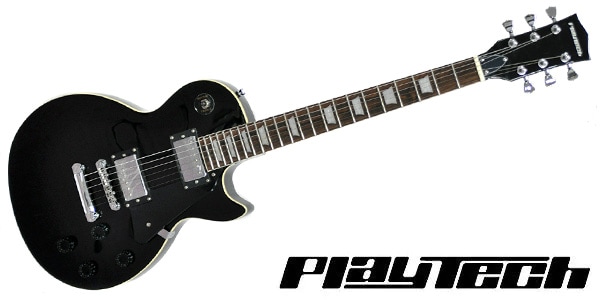
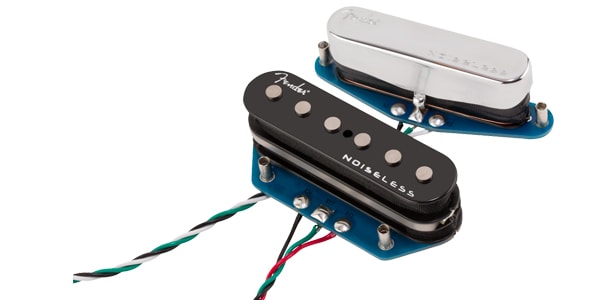
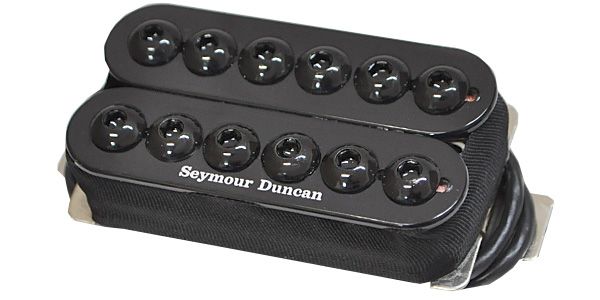
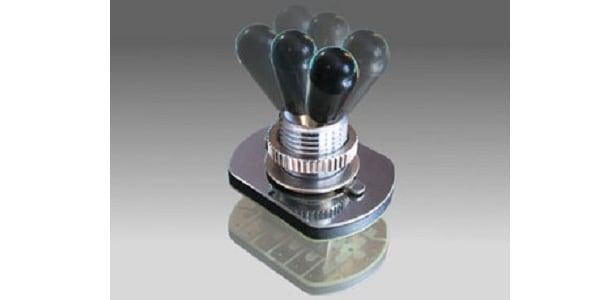
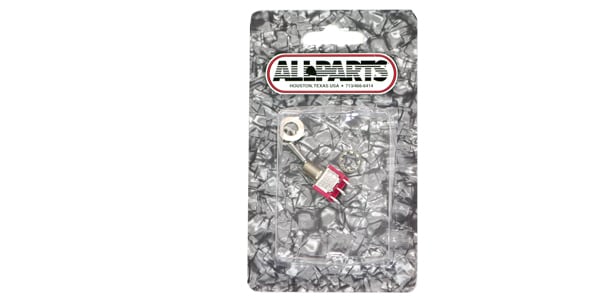
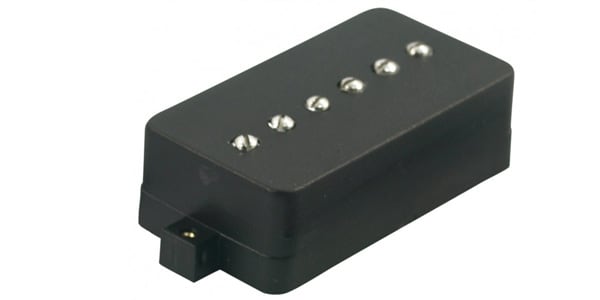
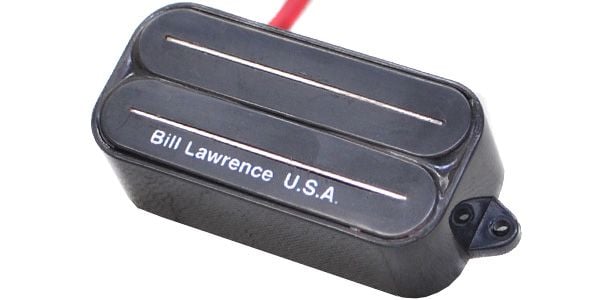
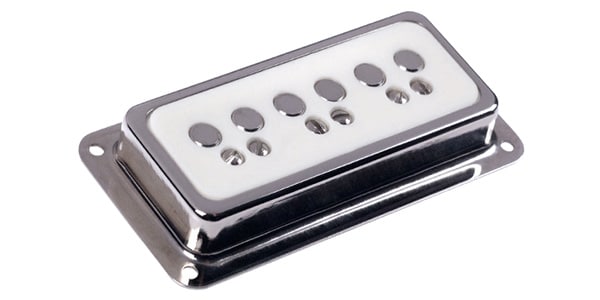
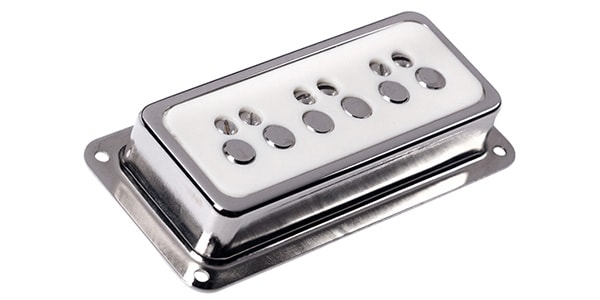
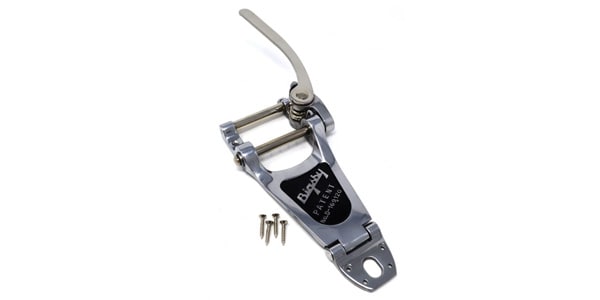
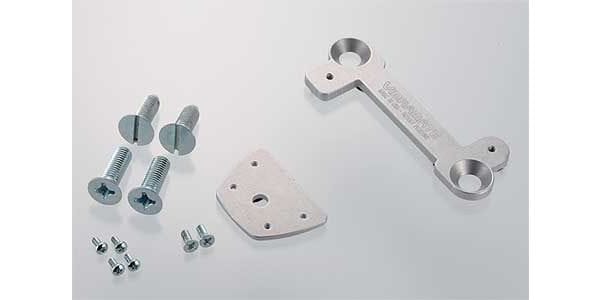
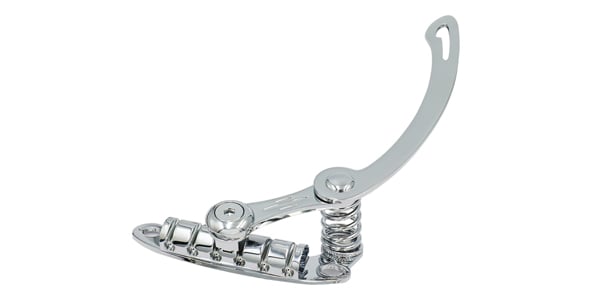
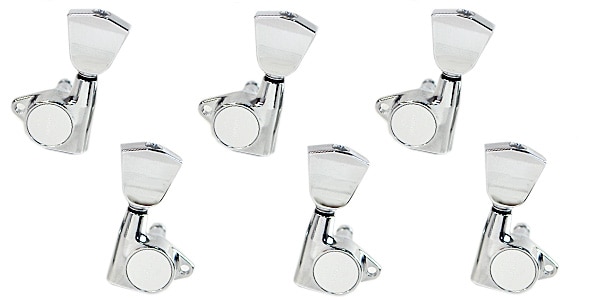
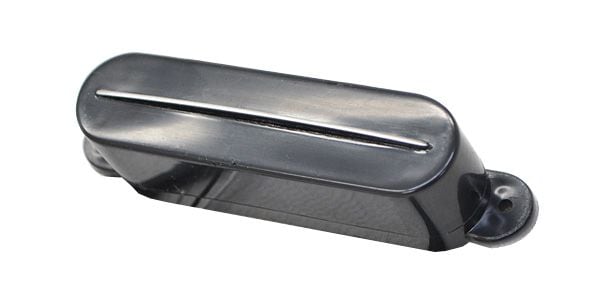
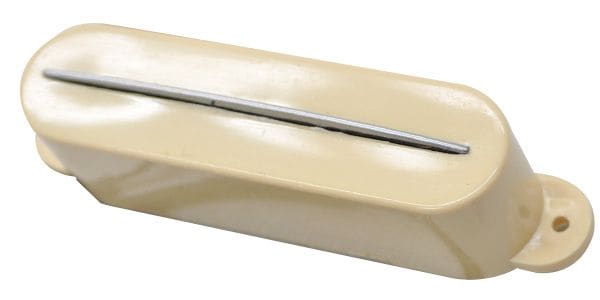
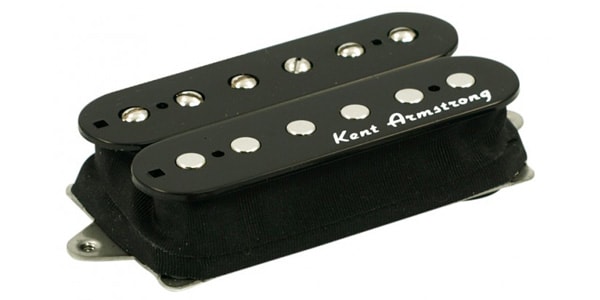
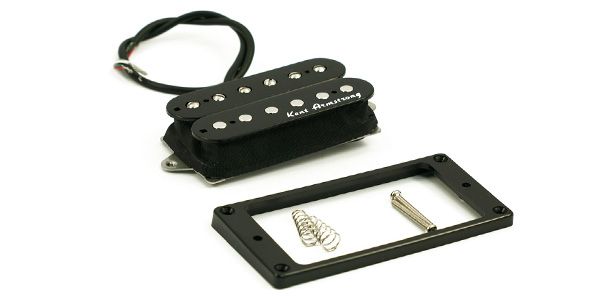
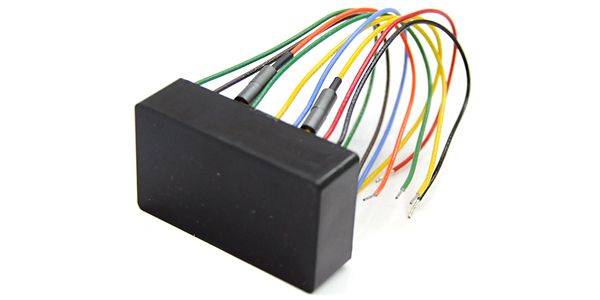
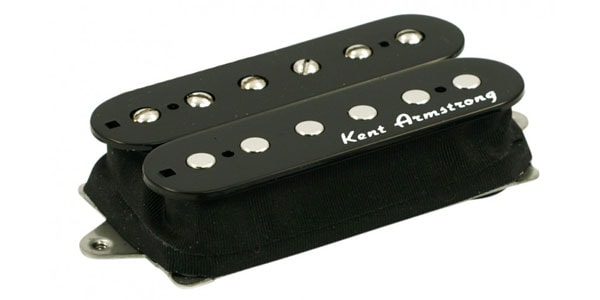
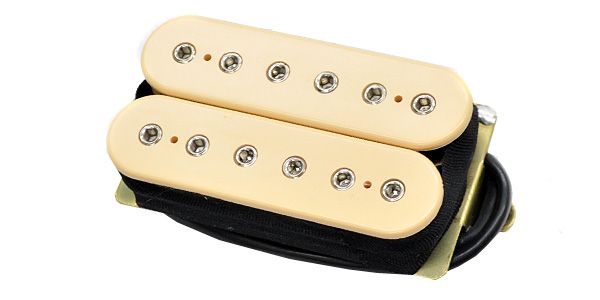
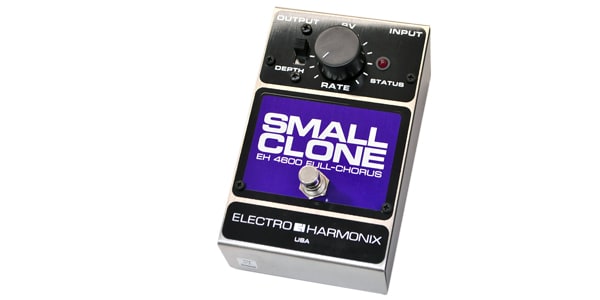
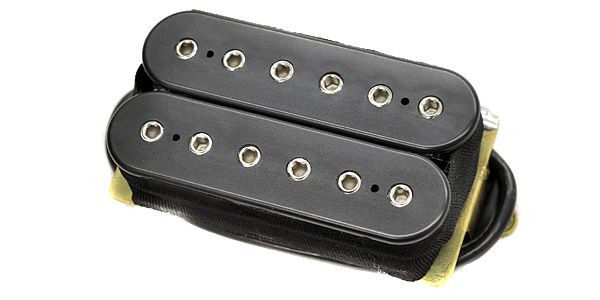
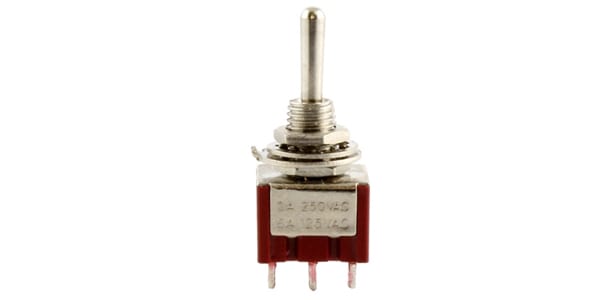
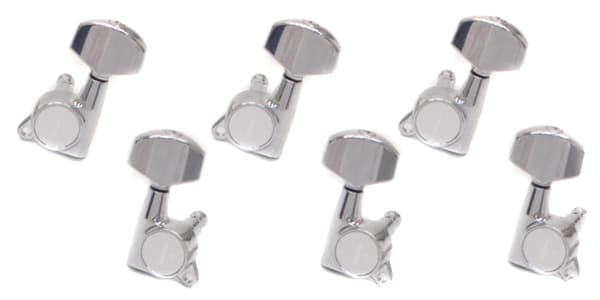
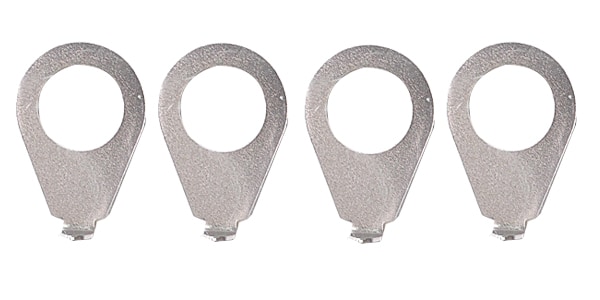
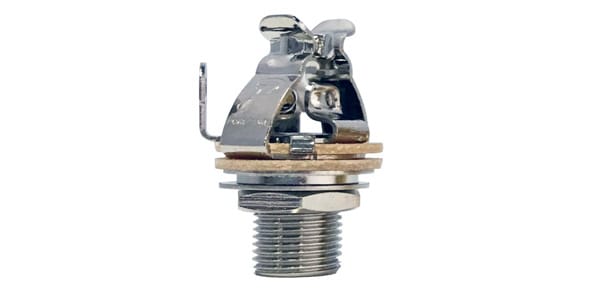
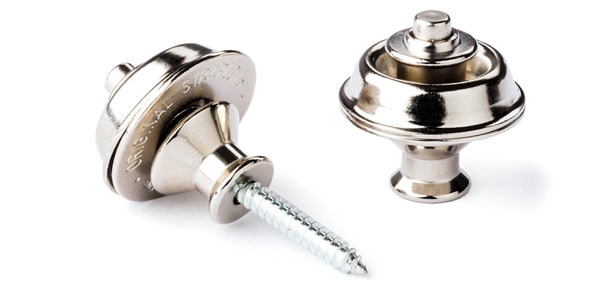
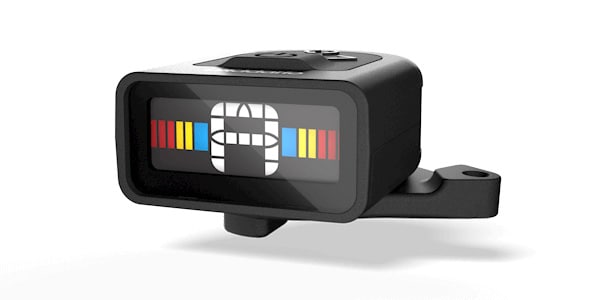






























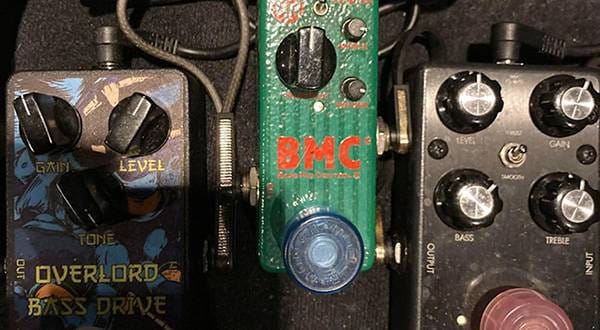
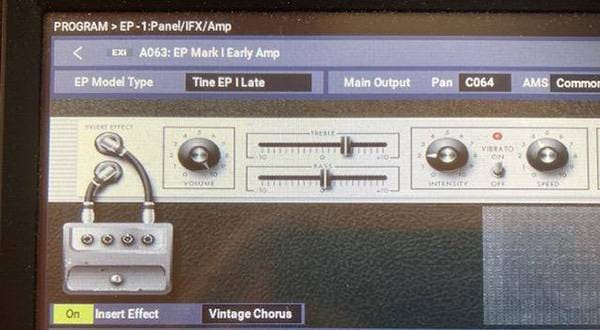
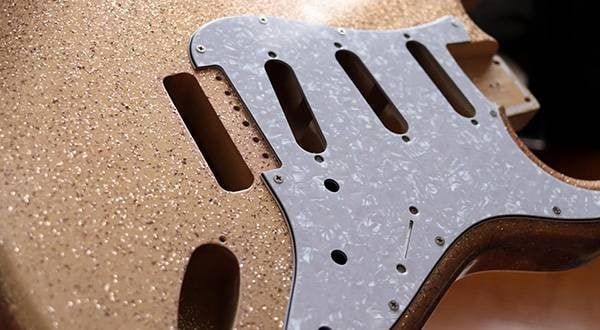
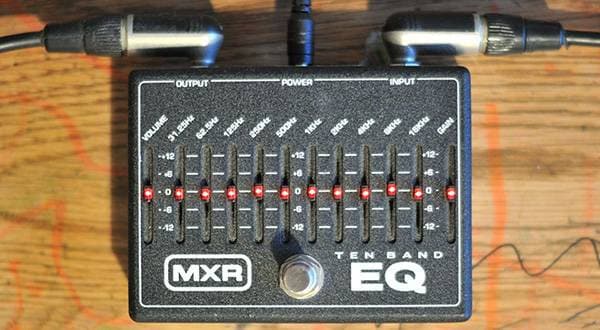

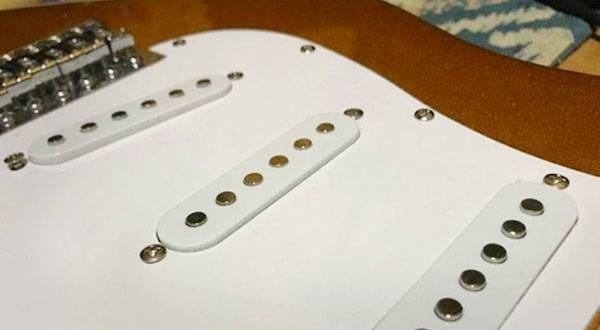
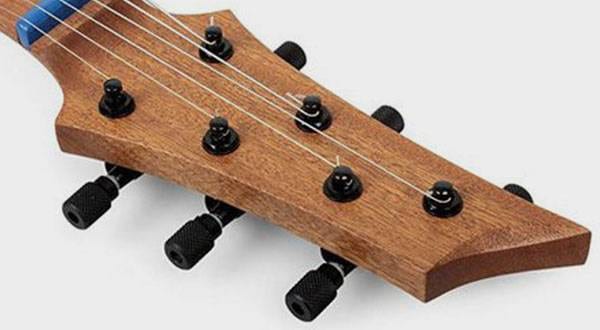
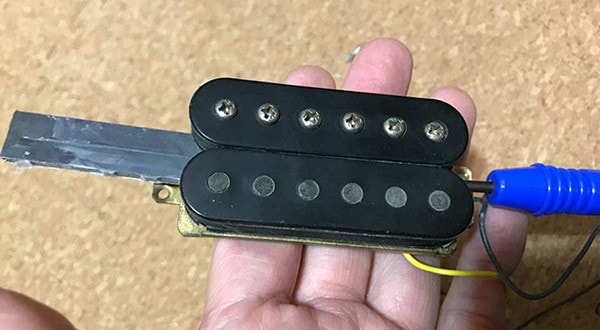
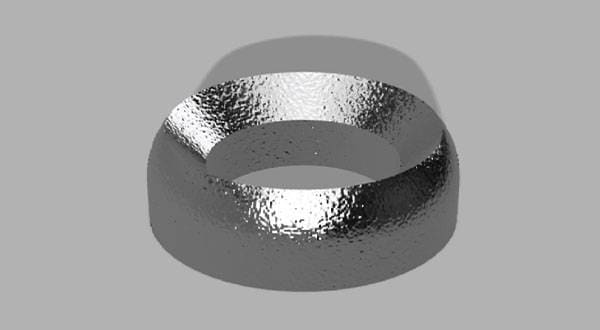

 ピックアップ交換大作戦!
ピックアップ交換大作戦!
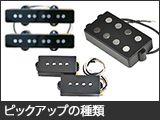 ピックアップの種類
ピックアップの種類
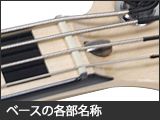 ベースの各部名称
ベースの各部名称
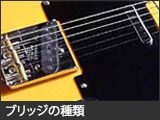 ブリッジの種類
ブリッジの種類
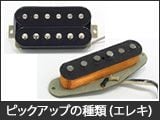 ピックアップの種類(エレキギター)
ピックアップの種類(エレキギター)
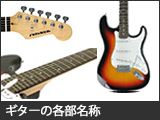 ギターの各部名称
ギターの各部名称
